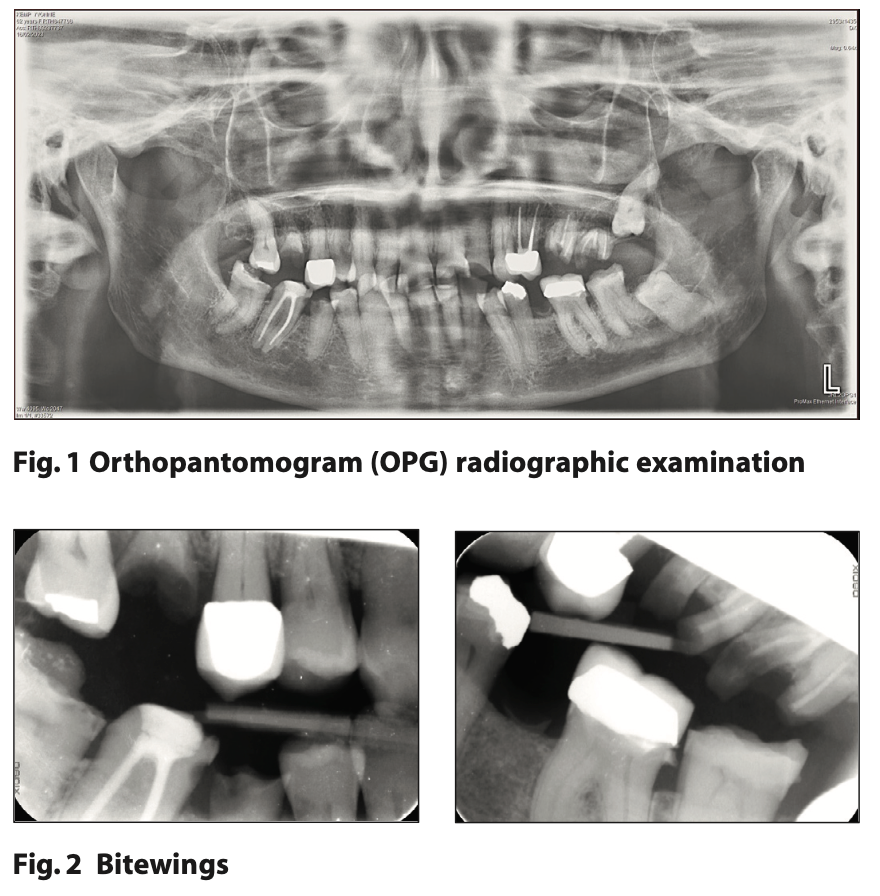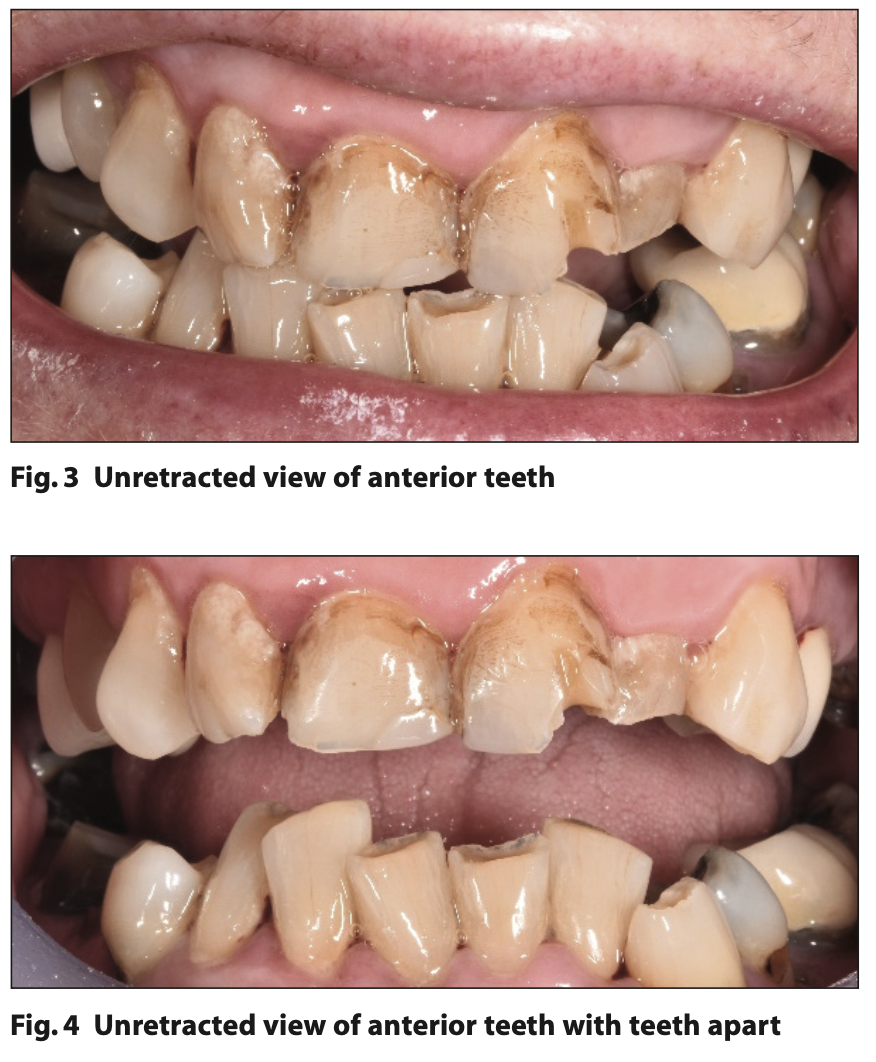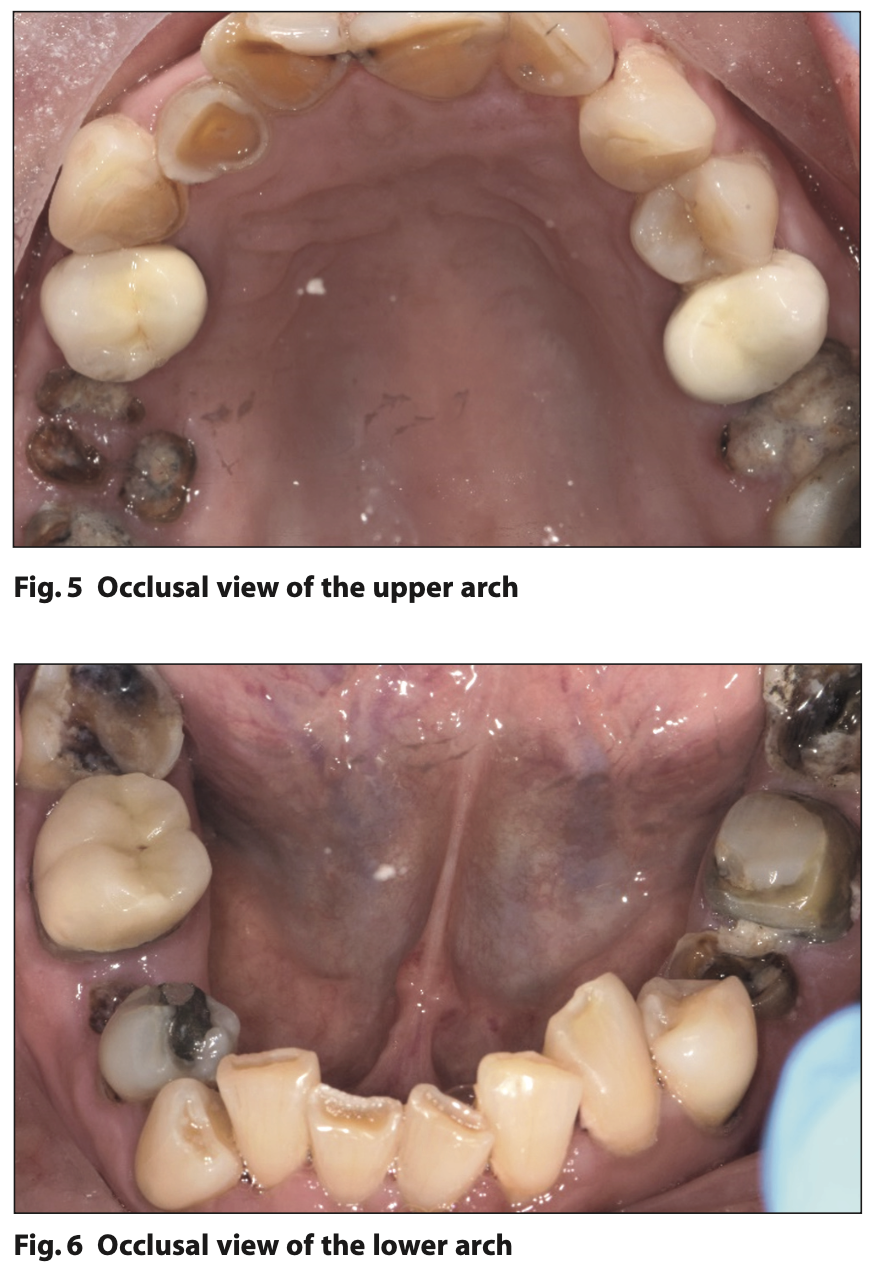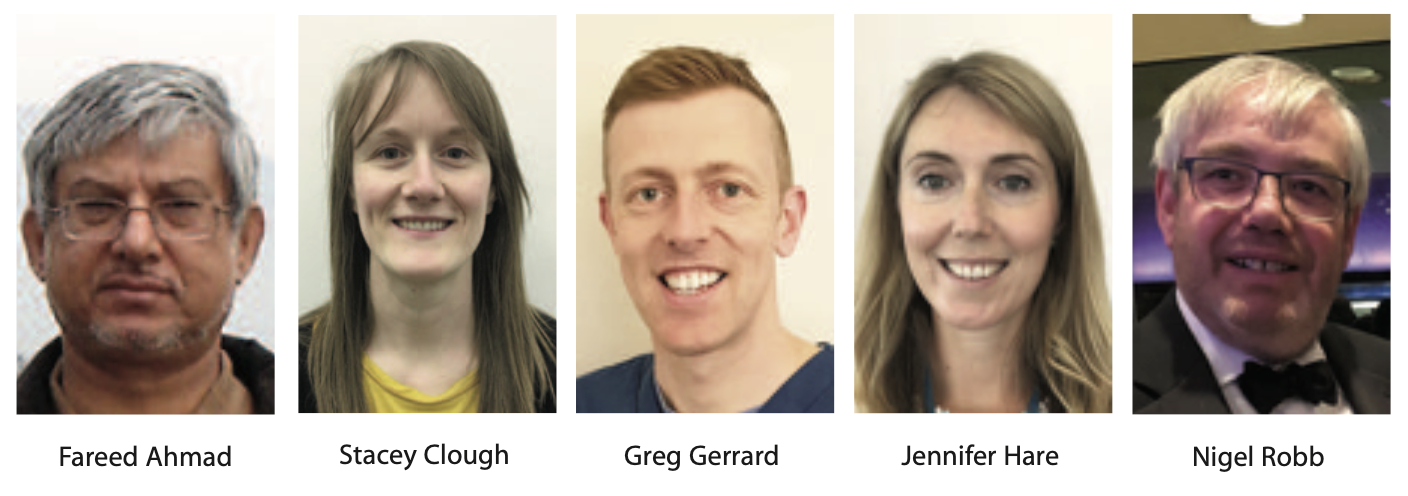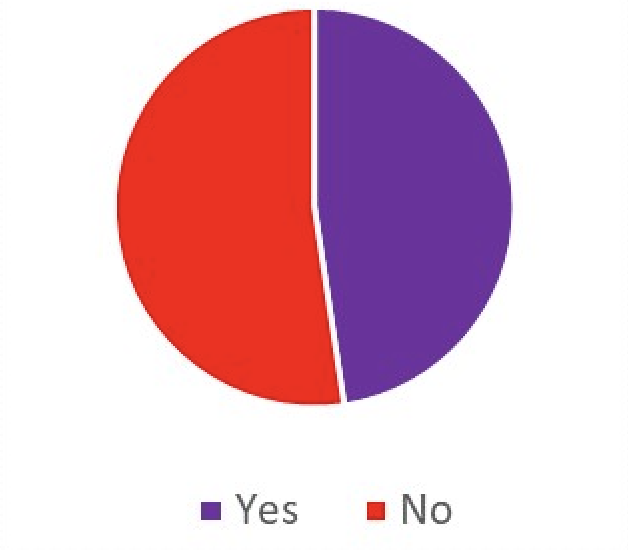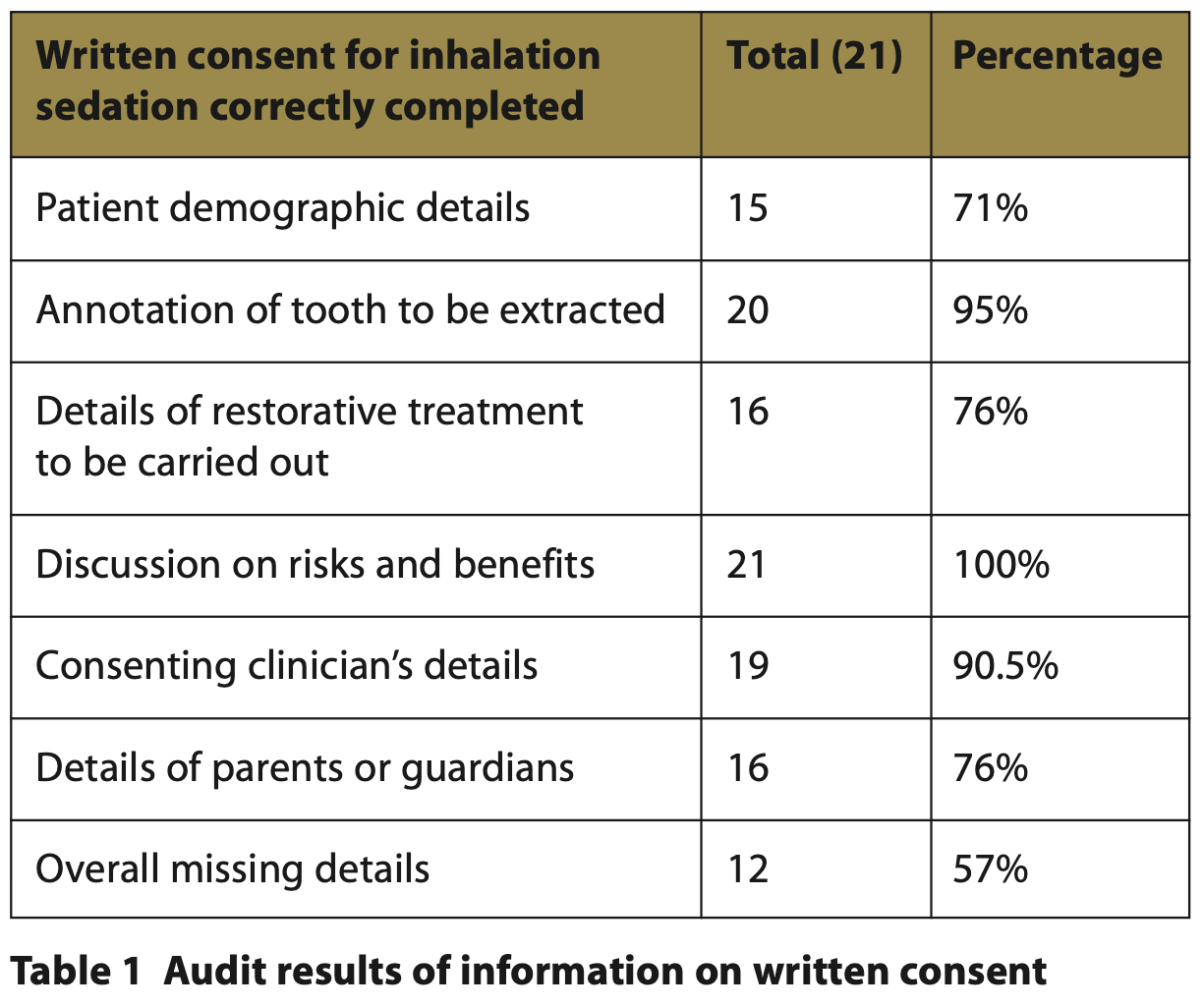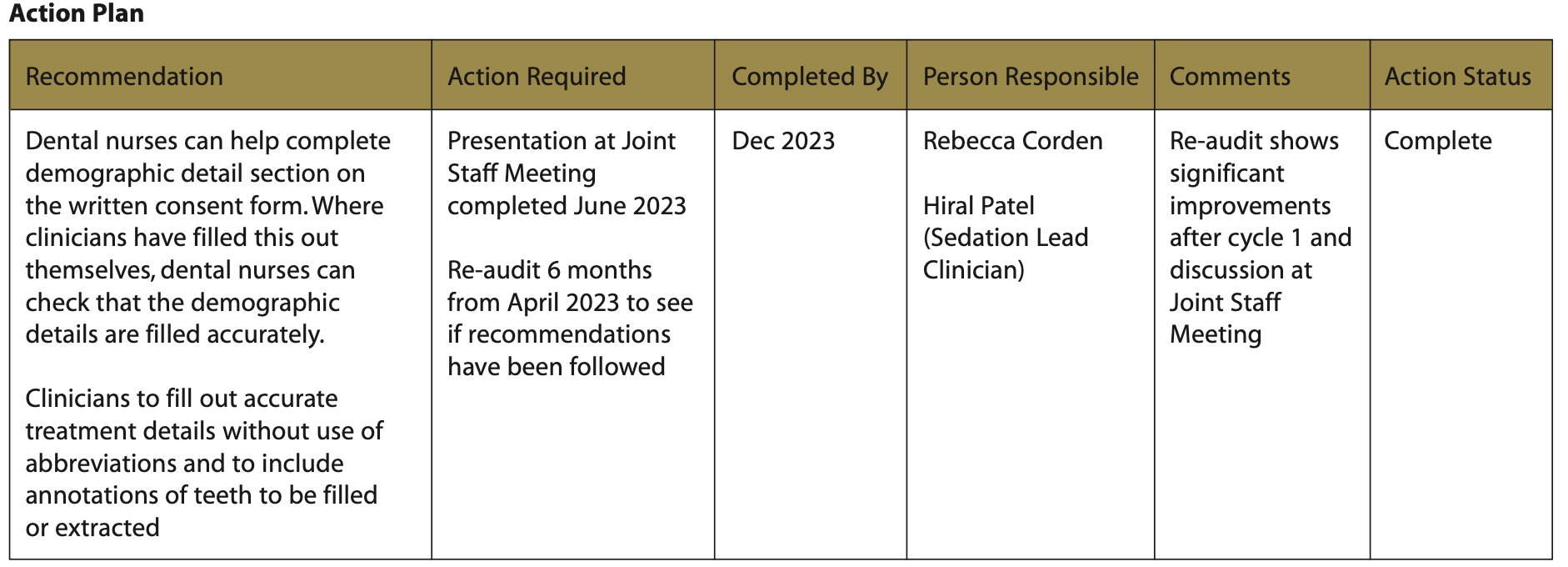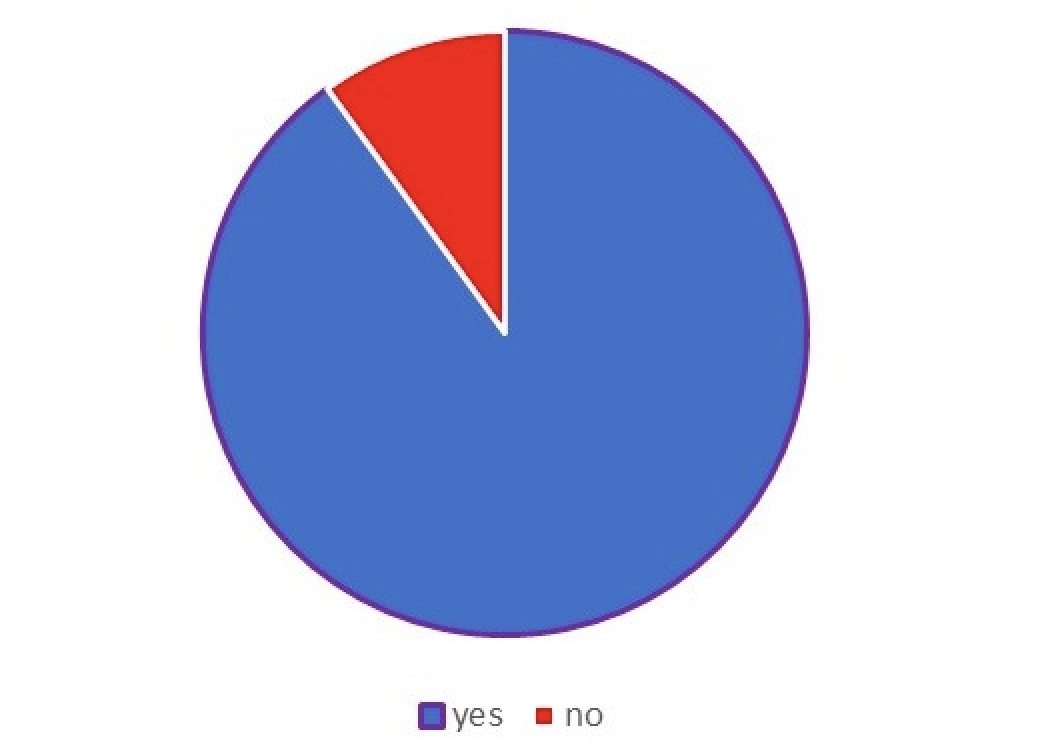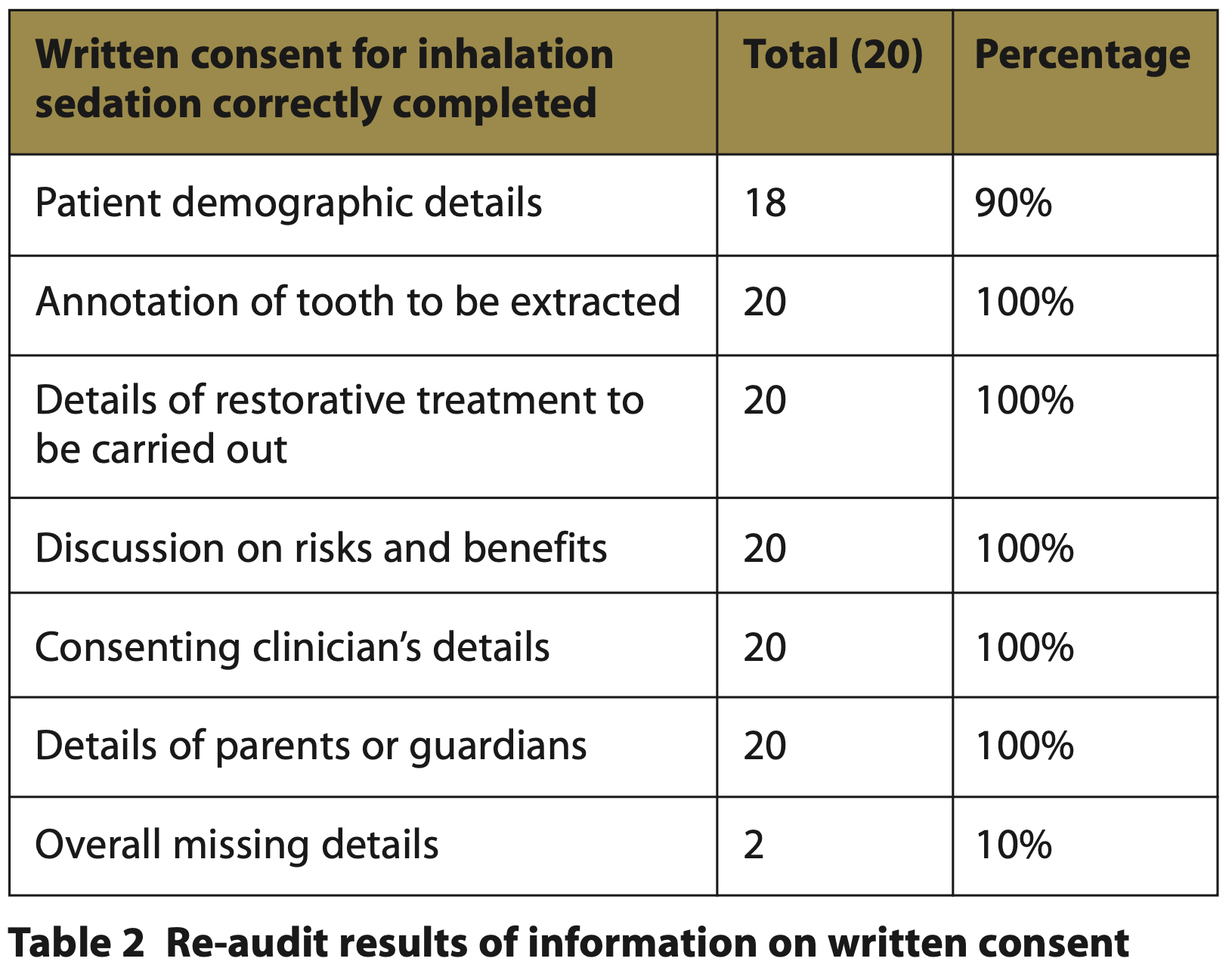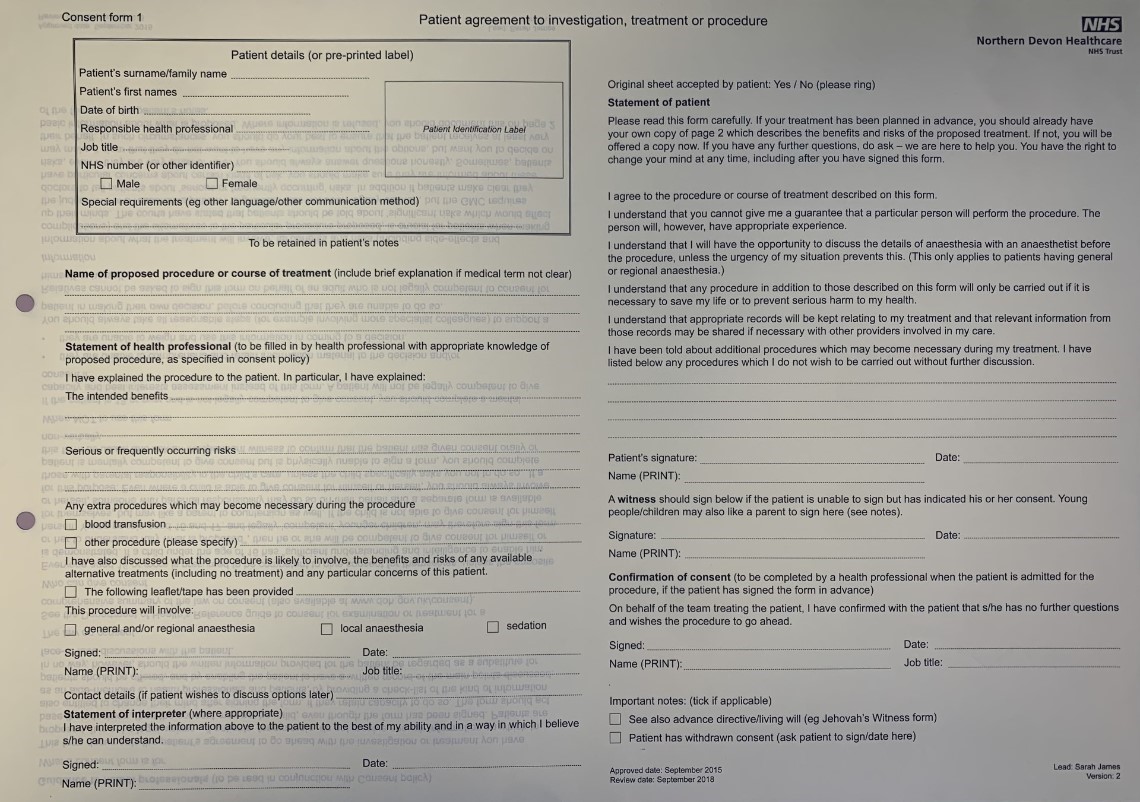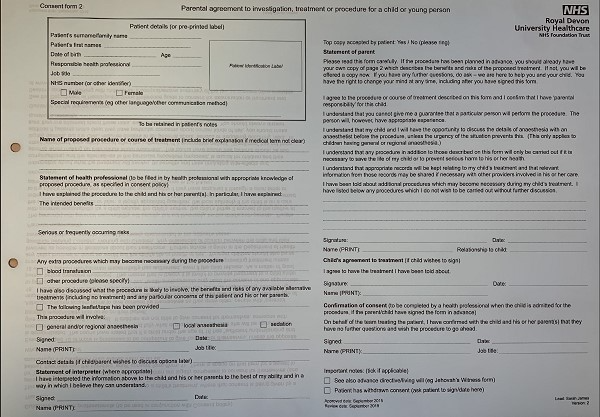

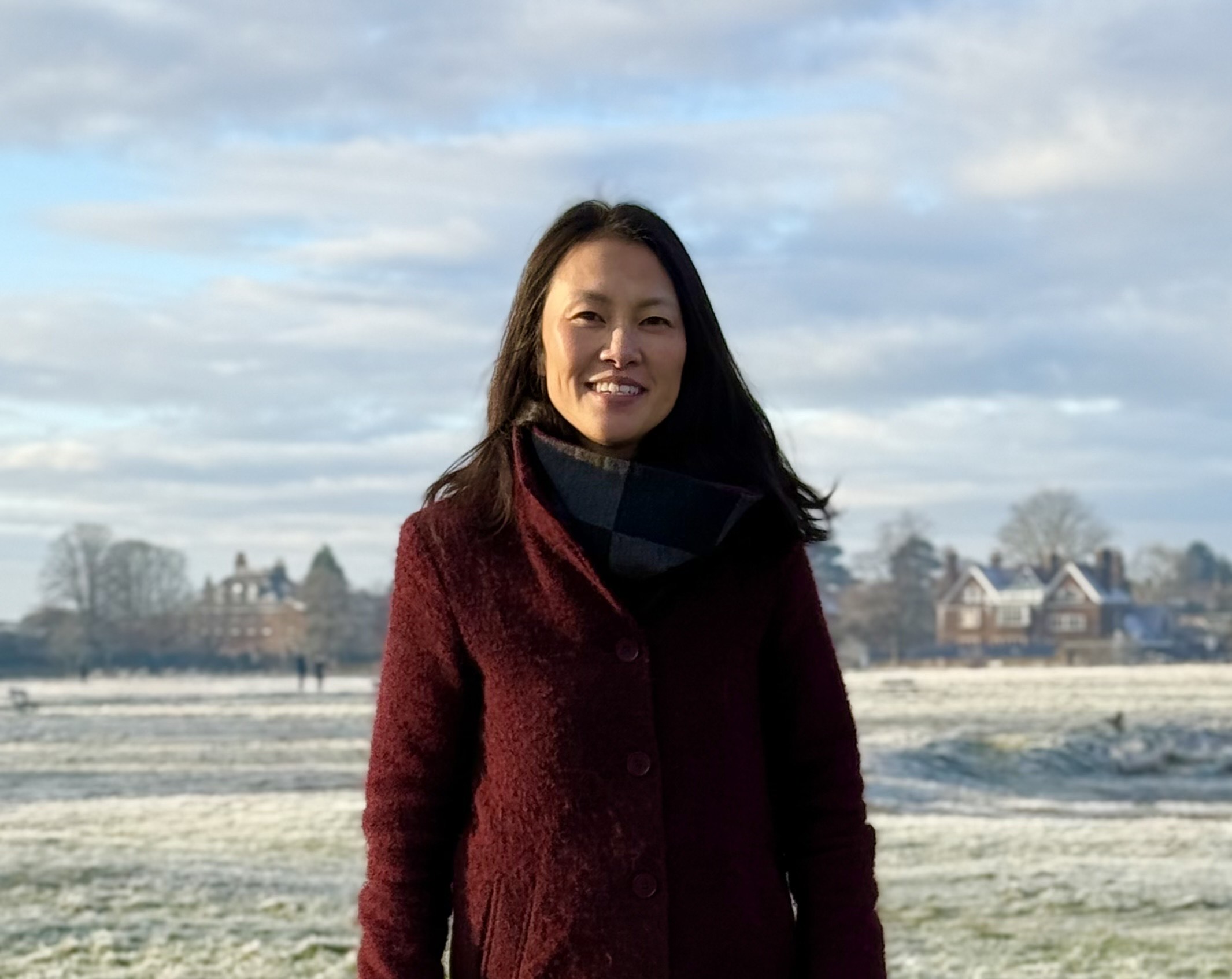
Interview with Yi Loo
President of SAAD
Manni Deol (Honorary Secretary)
How long have you been connected with SAAD?
My first introduction to SAAD was in 2009 when I was working as part of a wonderful sedation team under the guidance of Paul Averley. He was a SAAD Trustee and pioneer in primary care-based research in paediatric conscious sedation. Shortly after this, I became the first SAAD member to join the society online and was elected to the Board of Trustees in 2015.
Since that first Board meeting, I have had the true privilege of contributing to SAAD’s charitable aims, not only through the Board of Trustees but also through the Training Board, the Teaching Faculty and as Assistant Editor of the Digest. The projects over the years have resulted in many close collaborations with the dedicated people on the SAAD Board of Trustees, Editorial Board, Training Board and Faculty who are truly an inspirational group of people, committed to excellence in our field.
It has been humbling and inspirational to meet and work with so many established sedationists from all round the UK whilst at the same time helping to guide those starting out on their sedation journey through the SAAD course. This has really driven home the importance of sedation for our patients and the privilege it is to be leading an organisation which supports so many caring and professional people.
Had you always wanted to be a dentist?
My first dream job was to become a vet. I was inspired by James Herriot’s incredibly humorous depictions of life as a country vet and was captivated by his compassion and the genuine care he showed for animals and their owners. As I read and chuckled along to Herriot's stories, he made me appreciate the unique bond between a caregiver and their patients and that sense of connection and empathy became a driving force for me. Over time, however, I realised I would be utterly hopeless in the fields of modern Yorkshire as a born and bred Londoner and that dentistry would allow me to bring that same level of dedication and care to people in a hands- on, meaningful way. Dentistry has turned out to be the perfect path for me, but I suspect that Herriot’s influence is still close to my heart!
What would your alternative dream job be?
For a long time, I envisioned life as an architect, driven by the idea of creating spaces inspired by the many that I love: the Getty Museum in Los Angeles, Penang’s Peranakan Mansion and far too many incredible buildings and spaces in London to list now. They each induce calm and invite their visitors to spend time and think beyond the immediate vistas. In many ways, it is an extension of what we do as dentists. We create environments that bring people together from different backgrounds and perspectives, to ground us and help us to make meaningful impacts in daily experiences.
Where was your last holiday?
We were very fortunate to have a family holiday to Greece in the October half term. It was a real treat to savour those last rays of sunshine before we headed into the Christmas countdown.
Which dental school did you attend and when?
I spent five incredible years in ‘the Toon’ as a dental student at Newcastle University from 2002 to 2007.
How much sedation, pain and anxiety management were you taught at that time?
I was very fortunate to train in a dental hospital with such a brilliant reputation and passion for patient care and sedation. John Meechan was, at the time, carrying out trials on willing students, such as my housemates. He was comparing lidocaine with what was the new kid on the block, articaine, so the concept of advancing analgesia was being nurtured from the outset of my dental education. From him, however, I learnt that the real skill in helping dentally anxious patients was not the drugs, but compassion and care...and a shared dedication to supporting Newcastle United!
After gaining my BDS, I completed further House Officer jobs in departments such as oral surgery, sedation and paediatric dentistry. This is where I delivered my first dental treatments under inhalation and intravenous sedation and gained an awareness of the work of the sedation department, the basis of my experience prior to completing the Diploma in Conscious Sedation at the University of Newcastle upon Tyne.
What is your favourite food?
My favourite foods are a mix of nostalgia and comfort. I have a soft spot for homemade Chinese dishes from my childhood: flavours and textures that bring back memories of family meals and traditions. Then there’s apple crumble, which has been a favourite ever since my very first cooking class as a 7-year-old; learning to make it sparked my love for that warm, cosy feeling that comes with eating it. And, of course, I can’t resist a good scoop of gelato, specifically liquorice gelato, something I’ll happily enjoy any time!
Who or what were the main influences which led you towards an interest in sedation?
The first time I truly saw the therapeutic power of sedation was when I shadowed Kathy Wilson at a community clinic in Tyneside as an undergraduate. It was like watching David Copperfield at work. Her skill was more than evident as she coaxed a man through his dental treatment under inhalation sedation with such apparent ease. I now realise that it was made to look a lot easier thanks to her incredible skills in patient management.
After this, I was fortunate to work under the guidance of Paul Averley and his team providing sedation for adults and children who were referred from throughout Teesside and County Durham. Unbeknownst to me at the time, Paul was instrumental in helping to design the initial SAAD Safe Sedation Practice Scheme, the SAAD quality assurance programme to benchmark sedation services. He was also working with bodies such as the Standing Dental Advisory Committee and the National Institute of Health and Care Excellence (NICE) to develop national guidance alongside his pioneering work in primary care sedation research. I was immersed in a ‘lived and breathed’ translation of the sedation guidance of the day, surrounded by innovation and a large, skilled, sedation team with one goal in mind: delivery of safe, efficient dental care under sedation.
In what way did your sedation training change your career and clinical practice?
My initial sedation training and Diploma in Conscious Sedation helped me secure a post providing oral, inhalation and intravenous sedation for children at King’s College Dental Institute, London. Alongside other roles as a clinical tutor and general dental practice associate positions, I learnt the importance of really listening to children’s experiences alongside those of their patients to try to unpick their concerns and expectations.
The clinics treated the full diaspora of children who live in London, many with high levels of socio-economic deprivation, and complex psycho-social and / or dental needs. I soon learnt how to appropriately assess medically unwell patients and it honed many oral surgery skills.
The need for sedation touches children from every corner of society. I gain such satisfaction from trying to understand each child’s journey and take joy in helping to build a solid foundation for future oral health care, so much so, that I then decided to take on specialty training and became a specialist in paediatric dentistry.
What changes do you intend to make at SAAD over the next three years?
Dentistry in the UK is constantly evolving with innovations across the sector resulting in a highly dynamic dental landscape. Although technology and societal changes reinforce some of the movements, I hope to ensure that SAAD continues to support existing members whilst meeting the needs of the new generation of dentists. The Society has some fantastic initiatives which we will continue to encourage and develop. We will promote innovation and research, not just by those in established research centres, and hope to inspire more dentists and their teams to add sedation and further anxiety management skills to their skillset.
Alongside this, I intend to grow SAAD’s reputation as the leader in sedation, pain and anxiety management and ensure that it continues to be respected as the voice of reasoned, evidenced and unbiased sedation advice.
You seem to have had a varied and interesting career in dentistry. Can you tell me which has been your favourite job or role?
I have a lot of admiration for various people in different roles. However, one aspect that stands out is watching team members grow and develop. I particularly enjoy seeing the progress of those you've trained, like dental nurses or other dentists, as they advance in their skills and careers.
Do you have any regrets?
I try to learn from the past and not dwell and regret!
What one thing do you think would improve NHS dentistry?
Improving NHS dentistry is a complex challenge, but one impactful change could be increasing funding and resources to allow for more comprehensive and preventive care under sedation.
What is an average week like for you at the moment?
Each week brings consistent variety. I currently work at Guy’s and St Thomas’ Hospital and St George’s Hospital providing consultations for referred patients, treatment under sedation and general anaesthetic and much more!
What about interests outside of dentistry?
Outside of dentistry, my life is all about family and friends, exploring and staying active. I love spending quality time with my husband and our two boys: they keep me grounded and always on my toes! We’re big on making memories together, whether it's exploring new places or simply enjoying family time. I’m also energised by playing netball; it’s a great way to stay fit, unwind, and embrace a little competitive spirit with some fellow mums and old friends.
What is your guilty pleasure?
I do enjoy savouring a good quality hot chocolate on a cold day or singing along to the Les Misérables (original London cast recording) to dust off the cobwebs! There is something so powerful about the story and the interpretation of the score which produces shivers despite having listened to it countless times.
What three pieces of advice would you give a young dentist with an interest in sedation?
Firstly, I would recommend joining SAAD to access the membership perks such as access to our webinars and the Digest.
Secondly, attend a SAAD course to meet sedationists from a range of dental backgrounds and other delegates who may be in the same position as you.
Finally, the old adage of practice makes perfect! Find what works for you!
What is the most important lesson life has taught you?
I think one of the most important lessons is to embrace the beauty and promise of what’s around us, to appreciate the present and not just hope for what is beyond us. It’s wonderful to dream big, to look to the horizon and imagine new possibilities; just like watching the sunrise and sunset and wondering about the lands that lie beyond it. But even more meaningful is savouring the view right under our noses: the sand, the sea and the beauty in the people around us. Make time for true compassion, show moral integrity and consider others’ perspectives. That is what brings real fulfilment.
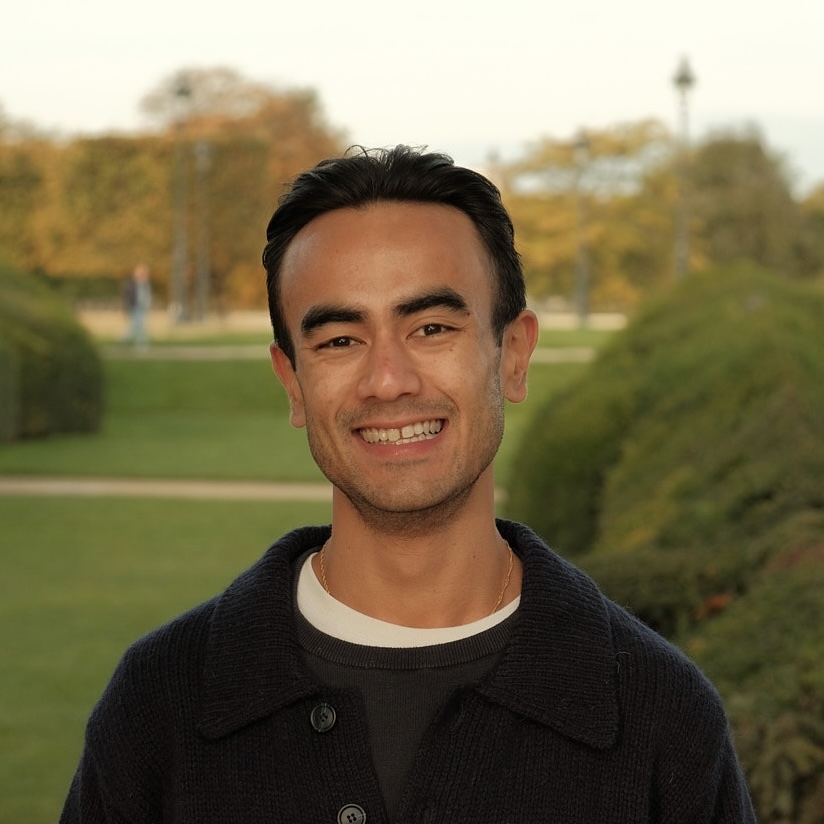
Ronan Lee
Dentistry has been a winding journey for me, one that started with challenges but has led to an incredibly fulfilling career. Initially my path wasn’t the smoothest, having been rejected from dental school due to my A-levels, so I spent three years at the University of Nottingham before reapplying successfully onto the graduate entry programme at King’s College London and qualifying in 2022.
During my time at King’s, I was honoured to win several awards including the Jose Souyave Prize and the Peter Lunt Prize. However, it was the Harry Radin Prize for Special Care Dentistry that sparked my interest in working with anxious patients and conscious sedation.
After my foundation training, I completed a Dental Core Training (DCT) post at the Royal London Dental Hospital. During this time my interest for managing complex cases through conscious sedation flourished thanks to the incredible mentorship I received from colleagues in the Special Care Department. I went on to gain accreditation in both intravenous and inhalation sedation techniques. I also undertook a sustainability quality improvement project aimed at raising awareness of the environmental impact of nitrous oxide and more environmentally-friendly techniques. Presenting my findings at several national conferences was both rewarding and eye-opening, and I was fortunate enough to go on to win SAAD’s Drummond Jackson Essay Prize as a result of this work.
In my practice, I incorporate sustainable sedation techniques whenever possible. From non-pharmacological methods such as theta waves and calming scents to reduce anxiety, to reducing reliance on nitrous oxide, I work to ensure that my approach balances effective patient care with environmental responsibility.
I currently divide my time between Leicester Square Dental Clinic and The Park Dental Practice in Stanmore, providing general dental services. Alongside my clinical practice, I am pursuing an MSc in Implant Dentistry at Eastman Dental Hospital, while also offering peripatetic sedation services.
Beyond clinical work, I am passionate about giving back to the dental community. As a trustee for the Tom Bereznicki Dental Education Foundation, I am focused on supporting the growth of newly qualified dentists.
As a new Trustee at SAAD, I’m excited to bring new ideas, particularly in making the charity more accessible to younger professionals. I know first-hand how impactful sedation can be for anxious patients, and I believe that with the right mentorship and education,more young dentists can incorporate this invaluable skill into their practice.
Outside of dentistry, I am training for the Bologna and London Landmarks Half Marathons. Cooking is another passion of mine, and I love sharing my food on Instagram under the handle @ronanleefoodie.
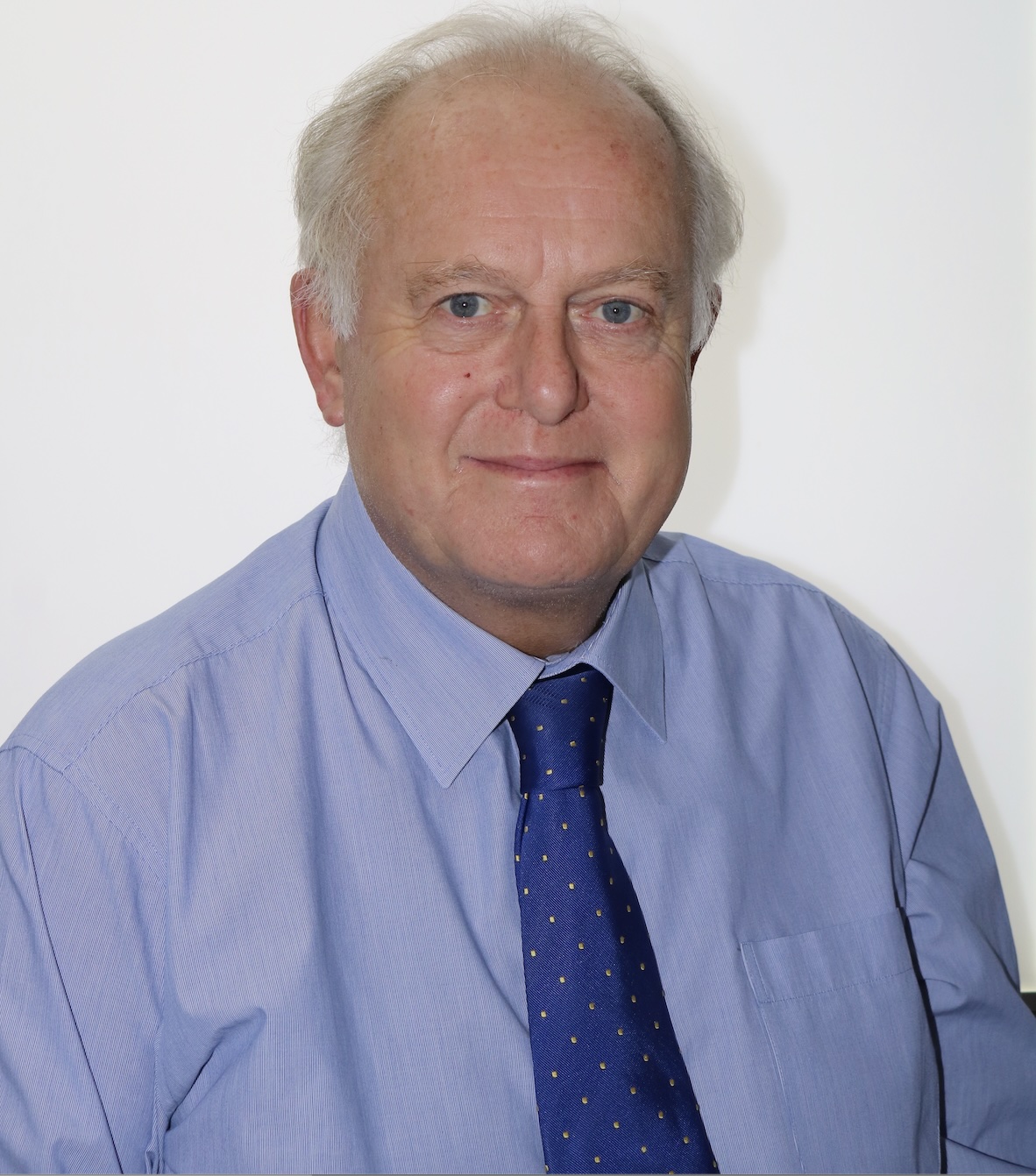
Simon Chaplin-Rogers
I qualified in December 1979 at University College Hospital Medical and Dental School (UCHMS). Post qualification there followed six months as a Dental House Surgeon at UCH, before being awarded a medical place qualifying in Medicine in 1984. Then followed a medical rotation training for the next five years, my last year being as an SHO /Registrar in anaesthetics / intensive care based on the Middlesex Hospital rotation.
In 1990 I moved from London to join a medical partnership in Hampshire, working three and a half days a week as a general medical practitioner (GP) and one and a half days in Putney, London as a general dental practitioner (GDP) with a special interest in sedation. As a GP in the early years, I maintained my interest in medical anaesthetics, working with Hampshire Ambulance in the scheme then known as BASICS (British Association of Immediate Scheme Doctors) assisting ambulance teams at trauma and big incidents. This has been superseded by the paramedic teams that we see today plus more formally trained trauma anaesthetists.
Then followed a period of a year’s attachment to the Eastman Dental Hospital before purchasing and forming a dental partnership group and developing two sites in Winchester. It was an NHS dental practice, a teaching practice and provided private care. I was one of the Vocational Trainee trainers, sedation teachers and providers of care. In the wider dental community, I served on the executive of the Hampshire, Dorset and Isle of Wight Local Dental Committee, including periods as vice Chair and Chairman and still do have a special interest in supporting colleagues and practices in difficulty. In 2015 I undertook the diploma course in conscious sedation course run by Newcastle Hospital: this was a time to undertake a focussed revision period in this aspect of care.
On the medical side, I went on to become the senior partner of the medical practice based on two sites in Chandlers Ford, Hampshire. We were an eight partner practice looking after 17,000 patients. I retired from the practice in May 2022 and now work as a GP advisor to urgent care services in University Hospitals Dorset (Royal Bournemouth, Poole, Christchurch Hospitals).
I have always worked in large dental and medical partnerships and have found them rewarding both in clinical focus and peer engagement, the ‘support’ around the many business issues is invaluable: especially now in these challenging times as demand and expectations have to be met.
With that passion around partnership in mind, over the past four years we have started to build up a group of partnership-led practices. We number twelve practices with a staff of 56 GDPs, 32 hygienists and therapists, 200+ reception and nursing team. We have an active sedation training programme across all the practices.
On a personal note, I was born in April 1955, am married with four, now adult, children and we have a smallholding farm that is a hobby and a carry on of ‘The Good Life’.
I hope I can bring to the role of Trustee a business-based clinician with a broad experience of primary care provision of service. I would like to describe myself as someone who comes to the ‘table’ with solutions not problems and is always thinking ‘where do we need to be in five years?’
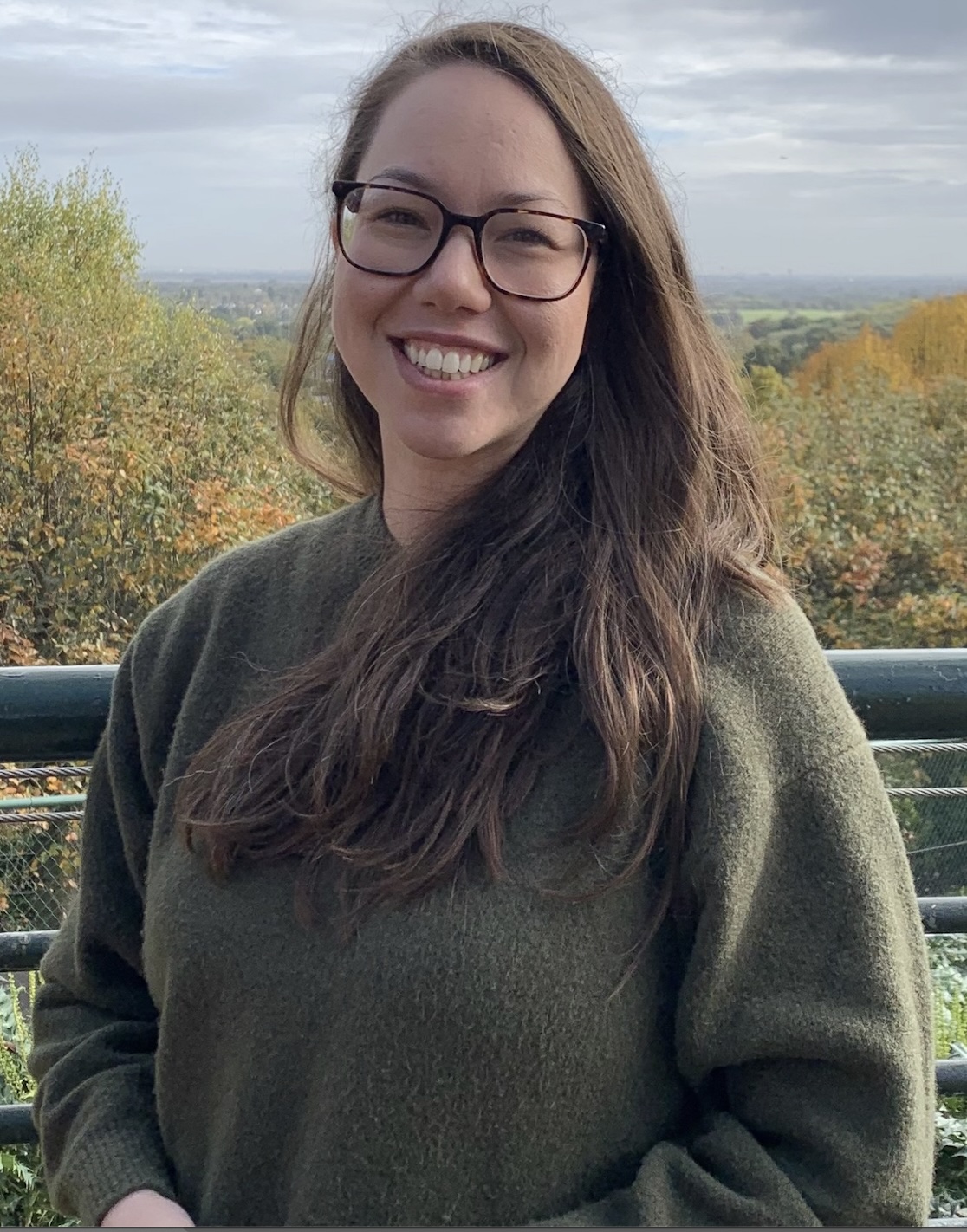
Stephanie Fenesan
My journey into dentistry began at King’s College London, from where I graduated in 2012. It was here that I first got hands-on experience with conscious sedation, particularly in the paediatric and special care dentistry departments. I loved these early opportunities to connect with patients and help ease their anxiety, setting the foundation for my career.
After graduating, I moved to the beautiful south coast to complete my dental foundation training. I then spent two years in Dental Core Training, focusing on special care dentistry and oral and maxillofacial surgery. This period was incredibly rewarding as I provided a wide range of care for patients with additional needs. Each patient brought a unique set of challenges and I enjoyed the unique problem-solving skills needed to formulate individual, tailored treatment plans for providing their dental care. The variety of patients and range of dental treatments we provide in this field keep my work exciting and engaging.
In 2019, I started specialty training in special care dentistry at Guy’s and St Thomas’ Hospitals. This experience allowed me to deepen my knowledge of conscious sedation techniques and during this time I completed my master’s at King’s College London. My thesis, which was a systematic review on intravenous sedation with midazolam, not only enhanced my understanding of evidence-based practice but also highlighted the importance of continual learning in our field.
I currently work in the special care dental service across London and Hertfordshire, where I have the privilege of caring for a diverse range of patients from those with dental anxiety to individuals with learning disabilities and complex medical conditions. Each day presents new challenges, and I enjoy the sense of achievement that comes from overcoming them. Knowing that I can make a positive difference in someone’s dental experience is incredibly rewarding.
In addition to my clinical work, I mentor new starters providing sedation and am a clinical supervisor for specialty trainees. Being involved in teaching has reinforced my commitment to providing high-quality care while also ensuring that the next generation of dental professionals is well equipped with the knowledge and skills they need to provide safe and effective dental care. Teaching keeps me connected to the evolving landscape of dentistry.
Outside of work, I enjoy spending time with my husband and our two young children. We love exploring together, and my daughter’s recent fascination with the Tudors has led us to visit the Tower of London multiple times this year! Each visit turns into a mini-history lesson, complete with tales of weddings and beheadings.
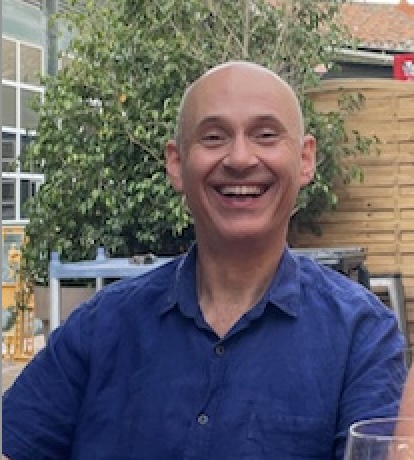
Richard Kerr
I am a Londoner originally and trained at United Medical and Dental Schools of Guy's and St Thomas' Hospitals (UMDS) qualifying many years ago.
I relocated to beautiful Devon shortly after qualifying and started my career in oral surgery. I have practised intravenous (IV) sedation for many years in both primary and secondary care oral surgery settings, having started my training in sedation with SAAD.
I am an Associate Specialist in the department of Oral & Maxillofacial Surgery (OMFS) at the Royal Devon University Hospital. I also have a primary care oral surgery (OS) contract and work in a local dental practice.
Despite being exempt from the new requirements to practice sedation, I decided to undertake a diploma in conscious sedation at Newcastle dental hospital seven years ago: an excellent course that I would highly recommend.
I am a sedation supervisor for nurses and dentists training in sedation. I also teach sedation for the MSc Oral Surgery course run by the Peninsula Dental School.
I have recently been able to introduce an inhalational sedation service for patients in the OMFS unit. I am honoured to become a Trustee for SAAD.
Outside of work I am a keen runner and also trying to complete walking the southwest coast path.


